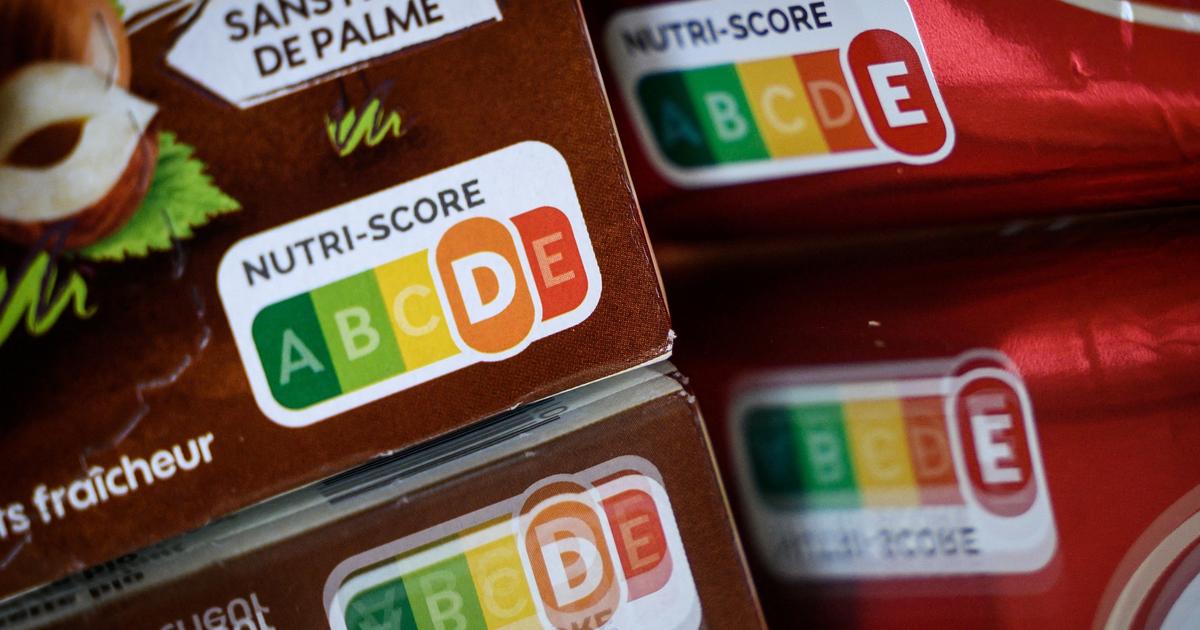Is there too much sugar in processed foods?
The share of sweetening ingredients - classic sugar, sweeteners, etc. - fell in the 2010s in products sold in France, noted the National Food Safety Agency (ANSES) in a study published this Tuesday 19 March.
But she cautioned that this doesn't necessarily equate to less sugary foods overall.
From 2008 to 2020, the agency studied the composition of more than 50,000 processed foods, both sweet and savory, to assess the frequency with which they contain sweetening ingredients.
These include not only the classic white sugar (sucrose), but also sweeteners such as aspartame, as well as syrups and fruit juices.
Fewer synthetic sweeteners
There has been
"a decline in the use of sweetening ingredients over the past 10 years, including sugar syrups and sweeteners."
This is due to the fact that manufacturers are less inclined to use a large number of sweetening ingredients.
“This trend is partly linked to product reformulations by manufacturers
,” explains ANSES.
“Compositions have been revised to favor very common ingredients, such as white sugar (...) or which are perceived as more
“natural”
, such as fruit juices.”
In contrast,
“sugar syrups or synthetic sweeteners are much less used
,” adds ANSES.
But ANSES warns that this should not be concluded as a general drop in the sugar content of foods: in 2020, the majority (77%) of foods, even salty ones, still contained at least one sweetening ingredient, despite a decline in their use.
The study only examines the nature and frequency of the ingredients included but not the quantities used,
“rarely indicated on the packaging”
, it is therefore not possible to draw conclusions in terms of public health.
On the other hand, ANSES simultaneously published another study which focuses on (non-alcoholic) drinks.
This time, it concludes that there was a real decline in their sugar content in the 2010s.
“This trend initiated between 2010 and 2013 sharply increases from 2013 onwards
,” notes the agency.
“This result can be explained by the implementation of measures aimed at reducing sugar levels in drinks”
, including the establishment in 2012 of a tax on drinks containing added sugars or sweeteners.

